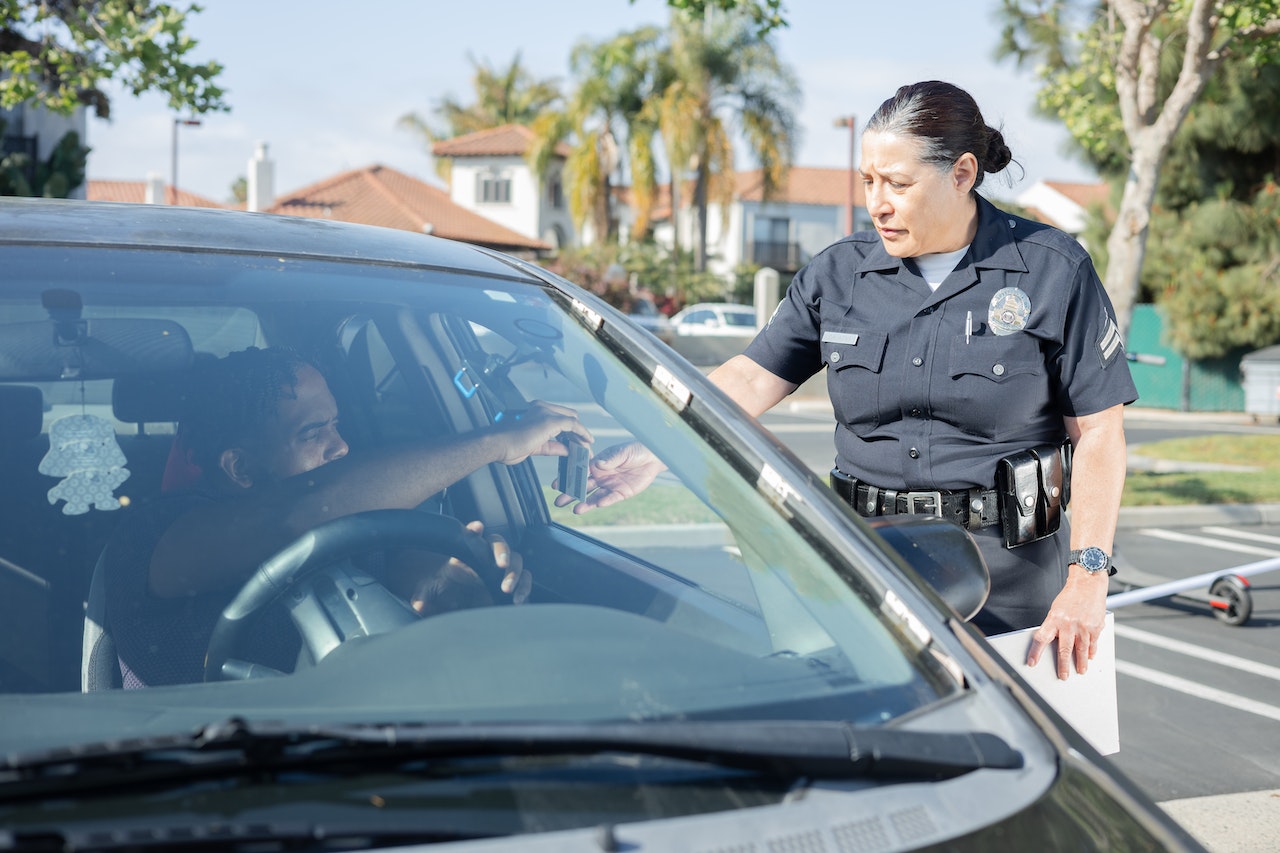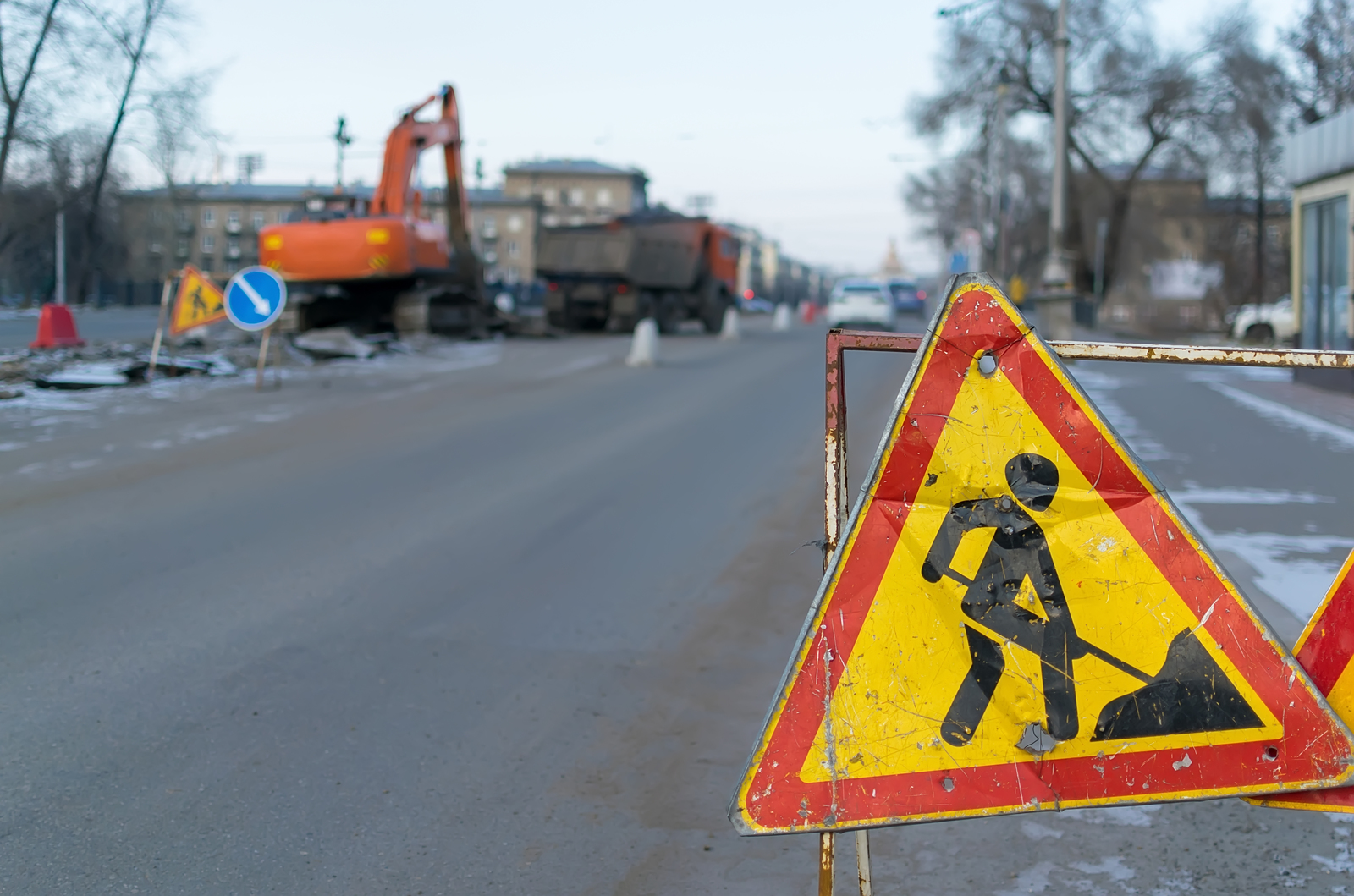Speeding Laws in the USA
Speeding is a common traffic violation that occurs when the driver exceeds the posted speed limit or drives at an unsafe speed for road conditions. Speeding is not only dangerous, but it also contributes to a significant number of accidents and fatalities on American roads every year. Therefore, speeding laws are essential to maintain safe roads and protect public safety.
Definition of Speeding
Speeding can be defined as driving at a speed greater than what is legally allowed on a particular road, highway, or freeway. The posted speed limits are typically determined by local authorities and are based on factors such as traffic volume, road design, and accident history. However, drivers must also consider other factors that may require them to slow down or adjust their speed, such as adverse weather conditions or heavy traffic.
The first speeding law in America was enacted in 1901 in Connecticut when cars were still a novelty on public roads. However, it wasn’t until the 1930s that most states began adopting uniform traffic codes, including standardized rules for regulating speeds. Today all fifty states have some form of speeding law with set limits for different types of roads including highways and residential areas with heavy pedestrian traffic. Over time, these laws have evolved to include technologies such as radar guns and speed cameras that enable authorities to enforce speeding regulations more effectively.
Enforcement of Speeding Laws in the USA
Speeding laws are enforced in the USA by a combination of methods, with police officers being the most common means of enforcement. Police officers can use radar guns to detect speeding vehicles or simply observe and visually estimate a driver’s speed. In some states, speed cameras are also used to enforce speeding laws. These cameras take pictures of vehicles that exceed the posted speed limit and issue tickets based on these images. Additionally, some states have implemented automated systems that monitor drivers’ speeds using GPS technology. These systems can alert authorities when a driver exceeds the posted speed limit, allowing them to take action against violators.
Determination and Setting of Speed Limits
Individual states and local authorities set speed limits in the USA rather than at a federal level. The process for determining these limits varies from state to state but usually includes factors such as road type, traffic volume, and accident history. Most states use a combination of engineering studies and public input to set their speed limits. Engineering studies look at factors like roadway design, visibility, and surface condition when determining safe speeds for different areas. Public input is also taken into account through various channels such as town hall meetings or online surveys.
Penalties for Violating Speeding Laws
Penalties for violating speeding laws vary across states but generally include fines, points on your driver’s license, possible license suspension or revocation depending on how fast you were driving above the speed limit or if you’re a repeat offender. In some cases, jail sentences can be issued if someone is seriously injured or killed because they were driving over the posted speed limit. In addition to legal penalties, speeding violations can also result in increased insurance premiums and other financial consequences such as court fees or traffic school costs. Understanding the potential consequences of violating speeding laws before getting behind the wheel is important to ensure you are driving within legal limits and protecting yourself and others on the road.
Differences between State and Federal Speeding Laws
When it comes to speeding laws in the USA, there are significant differences between state and federal laws. Each state has the authority to set speed limits and enforce its driving laws. However, certain federal regulations must be followed by all states, such as a maximum speed limit of 65 miles per hour on rural interstate highways. Another key difference is how speeding violations are classified. In most states, speeding is considered a traffic infraction rather than a criminal offense. This means that the penalties for violating speeding laws typically involve fines or points on your driver’s license rather than jail time. However, in some cases, excessive speeding can be charged as reckless driving or even vehicular manslaughter if it results in an accident.
How Speed Cameras Work
Speed cameras are becoming increasingly common in many states as a way to enforce speeding laws. These cameras work by using radar or laser technology to detect when a vehicle is traveling above the posted speed limit. Once a violation occurs, the camera takes a picture of the license plate and sends it to law enforcement officials who then issue a ticket. One benefit of using speed cameras is that they can operate 24/7 without any human involvement, making them highly efficient at catching speeders. However, there are some concerns regarding their accuracy and privacy implications. Some drivers feel that they are an invasion of privacy since they capture images of their license plates even if no violation occurred.
How Radar Guns Are Used to Detect Speeders
Law enforcement has used radar guns for decades as one of the most common methods for detecting speeders on US roads. These guns work by emitting a radar signal that bounces off vehicles and returns to the gun with information about how fast they’re traveling. Radar guns can be highly accurate when used correctly, but they do have some limitations. For example, they can be affected by weather conditions such as rain or snow, and can also pick up signals from other objects in the area besides vehicles. Radar detectors are widely available to drivers and can often alert them of when a radar gun is being used nearby. Overall, understanding the different subtopics related to speeding laws in the USA can help drivers better understand their rights and responsibilities on the road. Whether it’s knowing how speed cameras work or understanding the differences between state and federal speeding laws, being informed about these topics can help keep everyone safe while driving.
The Impact of Weather Conditions on Speed Limits
Most drivers know the importance of following the speed limit, but few know that these limits can change depending on weather conditions. For instance, during heavy rains or snowfalls, speed limits may be reduced to ensure road safety. This is because wet or icy roads can cause a driver to lose control of their vehicle more easily, leading to accidents and injuries. Additionally, in some areas with high temperatures during summer months, speed limits may be lowered due to concerns about expanded pavement and tire blowouts. Drivers need to pay attention to any posted speed limit signs and adjust their driving accordingly based on current weather conditions.
The Impact of Driving Under the Influence on Penalties for Speeding Violations
Driving under the Influence is a severe offense that can have severe consequences for drivers. However, many people don’t realize that DUI charges can also impact penalties for speeding violations. In some states, if a driver is caught speeding while under the influence of drugs or alcohol, they may face additional fines and even jail time. Repeat offenders who are caught speeding while DUI face even harsher penalties – possibly losing their driving privileges altogether. It’s good for all drivers to remember that drinking and driving is never acceptable and can have significant impacts beyond just violating speeding laws.
Consequences for Repeat Offenders
While most people are familiar with common consequences like fines and points on their license for breaking speeding laws multiple times, there are other lesser-known penalties as well. For example, some states require repeat offenders to attend traffic school or complete community service hours as part of their punishment. In addition, repeat offenders may have difficulty securing affordable car insurance rates or finding employment that requires driving. It’s crucial for drivers to understand the full range of consequences that can result from repeated violations of speeding laws, and to make a commitment to obey these laws for their own safety and more important, the safety of others on the road.
Obeying Speeding Laws
Speeding is a major contributing factor to traffic accidents across the United States. According to data from the National Highway Traffic Safety Administration (NHTSA), speeding was a factor in 26% of all traffic fatalities in 2019. By obeying speed limits and taking other precautions while driving, motorists can significantly reduce their likelihood of being involved in accidents. In addition to safeguarding personal safety while driving within legal limits, obeying speeding laws also helps protect others on the roadways. Pedestrians and bicyclists are particularly vulnerable when sharing roads with motor vehicles, so drivers must maintain responsible speeds.
Recommendations for Drivers to Stay Safe While Driving Within Legal Limits
While it can be tempting at times to exceed posted speed limits or engage in other risky driving behaviors, there are many reasons why it is good for motorists to stay within legal boundaries while behind the wheel. To help ensure safety on our nation’s roadways,
recommendations:
- Always pay attention to posted speed limit signs – they exist for a reason!
- Keep an eye out for other drivers who may not be obeying the law.
- Avoid distractions like texting or using a mobile device while driving.
- Always fasten a seatbelt and make sure all passengers in your vehicle do the same.
- Finally, be aware of weather conditions and adjust your speed accordingly.
By following these tips and staying within legal limits, we can all help ensure that our roads remain safe for everyone.
Here’s a list of all US states with a short description of their speeding laws in 2023. Please note that laws can change, and it’s best to verify the information before acting on it.
- Alabama: Speeding fines vary by the municipality; generally, fines increase with the amount over the speed limit.
- Alaska: Fines start at $6 per mph over the limit for first-time offenders, with increased penalties for repeat offenders.
- Arizona: Speeding fines are based on how far over the limit you are, with minimums set by the state and additional fees by the municipality.
- Arkansas: Fines depend on how far over the limit, with some cities implementing ‘no tolerance’ policies for any amount over.
- California: Fines start at around $35 for 1-15 mph over the limit, increasing with higher speeds and additional penalties for repeat offenders.
- Colorado: Fines are determined by the number of mph over the limit, with a point system that can lead to license suspension.
- Connecticut: Fines start at $50 for 1-9 mph over the limit, increasing for higher speeds and with additional fees for construction zones.
- Delaware: Fines begin at $25 for 1-9 mph over the limit, with higher fees for higher speeds and doubled fines in school zones.
- Florida: Speeding fines are based on how far over the limit, with higher fines in school zones and construction areas.
- Georgia: Fines start at $25 for 1-9 mph over the limit, increasing for higher speeds and with additional penalties in work zones.
- Hawaii: Fines are determined by the number of mph over the limit, with doubled fines in school zones and construction areas.
- Idaho: Fines are set by local jurisdictions but generally increase with the amount over the speed limit.
- Illinois: Fines start at $75 for 1-20 mph over the limit, increasing with higher speeds and additional penalties for work zones.
- Indiana: Fines begin at $35 for 1-15 mph over the limit, increasing for higher speeds and with additional fees in construction zones.
- Iowa: Fines are determined by the number of mph over the limit, with minimum fines set by the state and additional fees by municipality.
- Kansas: Fines start at $45 for 1-10 mph over the limit, increasing for higher speeds and with additional penalties in school zones.
- Kentucky: Fines are determined by the number of mph over the limit, with a point system that can lead to license suspension.
- Louisiana: Fines depend on how far over the limit, with some parishes implementing ‘no tolerance’ policies for any amount over.
- Maine: Fines start at $50 for 1-9 mph over the limit, increasing for higher speeds and with additional fees for construction zones.
- Maryland: Fines are determined by the number of mph over the limit, with doubled fines in school zones and work zones.
- Massachusetts: Fines start at $50 for 1-10 mph over the limit, increasing for higher speeds and with additional penalties in school zones.
- Michigan: Fines are set by local jurisdictions but generally increase with the amount over the speed limit.
- Minnesota: Fines begin at $50 for 1-10 mph over the limit, increasing for higher speeds and with additional fees in construction zones.
- Mississippi: Fines are determined by the number of mph over the limit, with a point system that can lead to license suspension.
- Missouri: Fines start at $73 for 1-5 mph over the limit, increasing for higher speeds and with additional penalties in construction zones.
- Montana: Fines are determined by the number of mph over the limit, with minimum fines set by the state and additional fees by the municipality.
- Nebraska: Fines start at $25 for 1-5 mph over the limit, increasing for higher speeds and with additional penalties in school zones.
- Nevada: Fines are set by local jurisdictions but generally increase with the amount over the speed limit.
- New Hampshire: Fines begin at $50 for 1-10 mph over the limit, increasing for higher speeds and with additional fees in construction zones.
- New Jersey: Fines are determined by the number of mph over the limit, with doubled fines in school zones and work zones.
- New Mexico: Fines start at $30 for 1-10 mph over the limit, increasing for higher speeds and with additional penalties in construction zones.
- New York: Fines are determined by the number of mph over the limit, with a point system that can lead to license suspension.
- North Carolina: Fines are set by local jurisdictions but generally increase with the amount over the speed limit.
- North Dakota: Fines begin at $20 for 1-10 mph over the limit, increasing for higher speeds and with additional fees in construction zones.
- Ohio: Fines are determined by the number of mph over the limit, with minimum fines set by the state and additional fees by the municipality.
- Oklahoma: Fines start at $10 for 1-10 mph over the limit, increasing for higher speeds and with additional penalties in school zones.
- Oregon: Fines are set by local jurisdictions but generally increase with the amount over the speed limit.
- Pennsylvania: Fines begin at $42.50 for 1-5 mph over the limit, increasing for higher speeds and with additional fees in construction zones.
- Rhode Island: Fines are determined by the number of mph over the limit, with doubled fines in school zones and work zones.
- South Carolina: Fines start at $25 for 1-10 mph over the limit, increasing for higher speeds and with additional penalties in construction zones.
- South Dakota: Fines are determined by the number of mph over the limit, with a point system that can lead to license suspension.
- Tennessee: Fines are set by local jurisdictions but generally increase with the amount over the speed limit.
- Texas: Fines begin at $30 for 1-10 mph over the limit, increasing for higher speeds and with additional fees in construction zones.
- Utah: Fines are determined by the number of mph over the limit, with minimum fines set by the state and additional fees by the municipality.
- Vermont: Fines start at $47 for 1-9 mph over the limit, increasing for higher speeds and with additional penalties in school zones.
- Virginia: Fines are set by local jurisdictions but generally increase with the amount over the speed limit.
- Washington: Fines begin at $93 for 1-5 mph over the limit, increasing for higher speeds and with additional fees in construction zones.
- West Virginia: Fines are determined by the number of mph over the limit, with doubled fines in school zones and work zones.
- Wisconsin: Fines start at $30 for 1-10 mph over the limit, increasing for higher speeds and with additional penalties in construction zones.
- Wyoming: Fines are determined by the number of mph over the limit, with a point system that can lead to license suspension.
Please note that these descriptions are based on general information, and local laws or specific situations may result in different fines or penalties. Always consult the relevant authorities for the most up-to-date information on speeding laws in each state.




